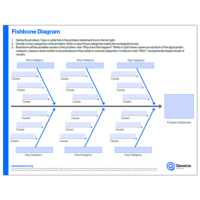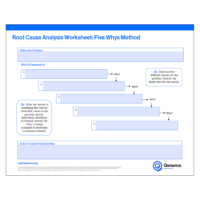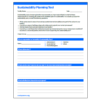
Quality Improvement Activities
Qsource ESRD Networks are committed to assisting dialysis clinics improve quality and enhance patient care. One way we do this is through our Quality Improvement Activities. CMS gives the Networks specific selection criteria for each activity. It is our goal that these activities will be an effective addition to your ongoing quality improvement measures and that you will be able to engage both patients and staff in these activities and find ways to sustain your progress.

Depression Screening
CMS recognizes that depression is a common psychological disorder for ESRD patients and that depression and mortality in ESRD patients may be linked. The intent of this Quality Improvement Activity is to improve the screening and treatment of depression for ESRD patients. Here you will find links and information that will assist you in development of a process to ensure completion, documentation, and appropriate follow-up of a depression screening for qualifying patients.

Home Dialysis
CMS recognizes that home dialysis modalities are underutilized in the United States with only 8% dialyzing in a home setting vs 92% choosing in-center. The goal of this Quality Improvement Activity is to promote referral to home dialysis modalities, identify and mitigate barriers to home dialysis, and assist facilities in the implementation of interventions to support patients through the process of training to dialyze at home. Here you will find links and information to assist you with this process.

Infection Prevention
Studies have shown that infections are the second leading cause of death in ESRD patients. The intent of this Quality Improvement Activity is to decrease bloodstream infection rates by promoting implementation of the CDC Core Interventions for Dialysis BSI Prevention, sharing best practices in the area of HAIs, BSIs, and sepsis, and directing interventions toward patients to allow them the ability to impact their own care.

Nursing Home Hemodialysis
In 2017, CMS recognized a new modality of dialysis therapy, nursing home hemodialysis, which recognized a nursing home as a resident’s home, thereby permitting the development of this service on site. CMS finalized and released the guidance in August 2018, confirming CMS’s recognition of dialysis in a nursing home setting. States that Medicare-approved end-stage renal disease (ESRD) facilities can provide dialysis services to skilled nursing facility (SNF) residents in the nursing home with an approved home hemodialysis training and support modality.

Kidney Transplant
CMS encourages and expects patients to know their treatment options, including kidney transplant. Here you will find links and information that will assist you with implementation of interventions to support patients through the process of being placed on a kidney transplant waitlist.

Hospital Admissions/Readmissions
ESRD patients have a large burden of disease, with high rates of readmission/emergency room (ER) visits to hospital compared with the general population. A proportion of unplanned readmissions/ER visits are potentially avoidable and could have been prevented with optimized transitional care. An ESRD patient’s follow-up in the outpatient dialysis facility provides an opportunity to improve transitional care at the time of discharge.
Sustainability Resources
Sustainability is your clinic’s ongoing capacity to work together to establish, advance, and maintain effective strategies that continuously improve health and quality of life for your ESRD patients. It is our goal to help you incorporate interventions into your own activities and processes in order to sustain the project once our involvement is completed. You will need to think about process changes and new approaches that directly impact future results.

 Download:
Download:  Download:
Download:  Download:
Download:  Download:
Download:  Download:
Download: